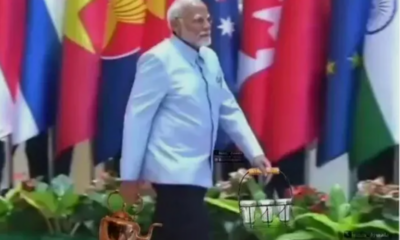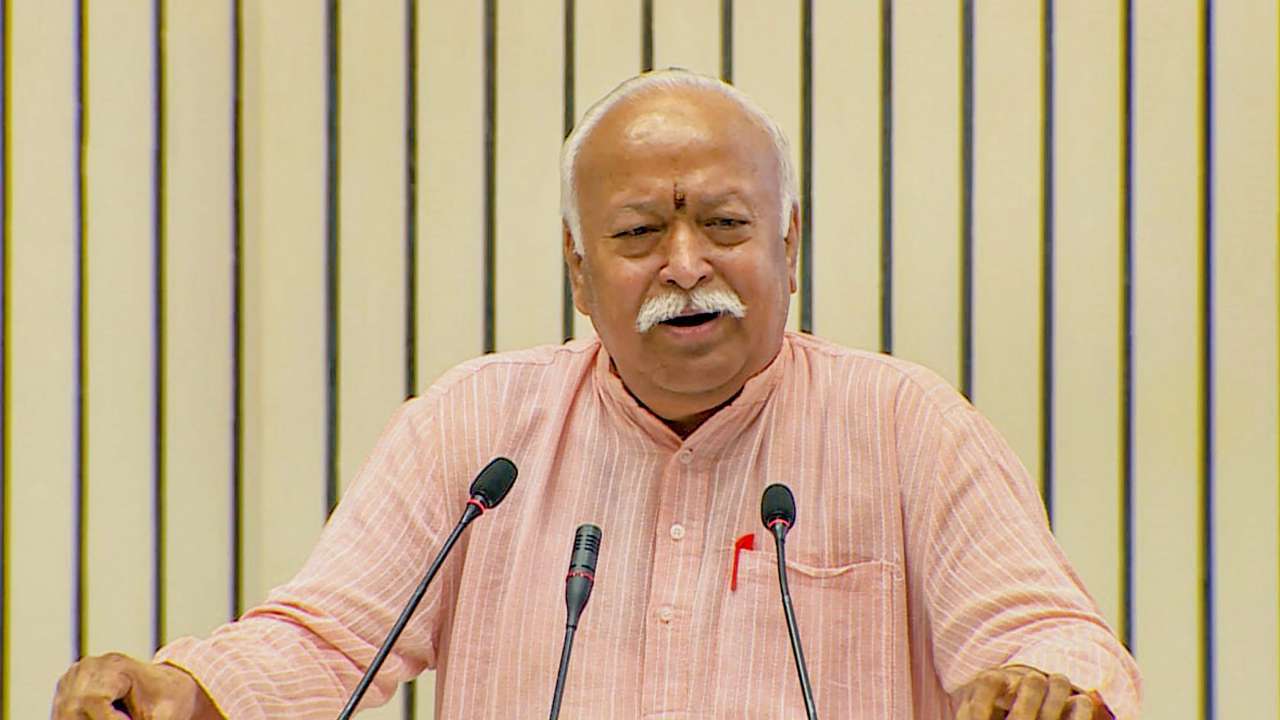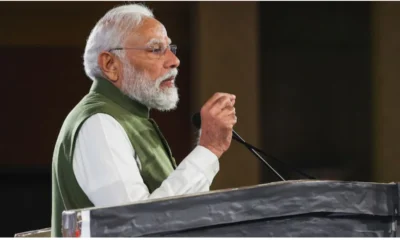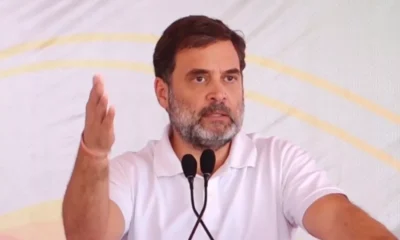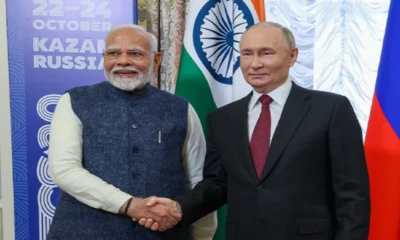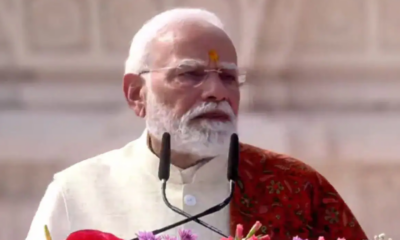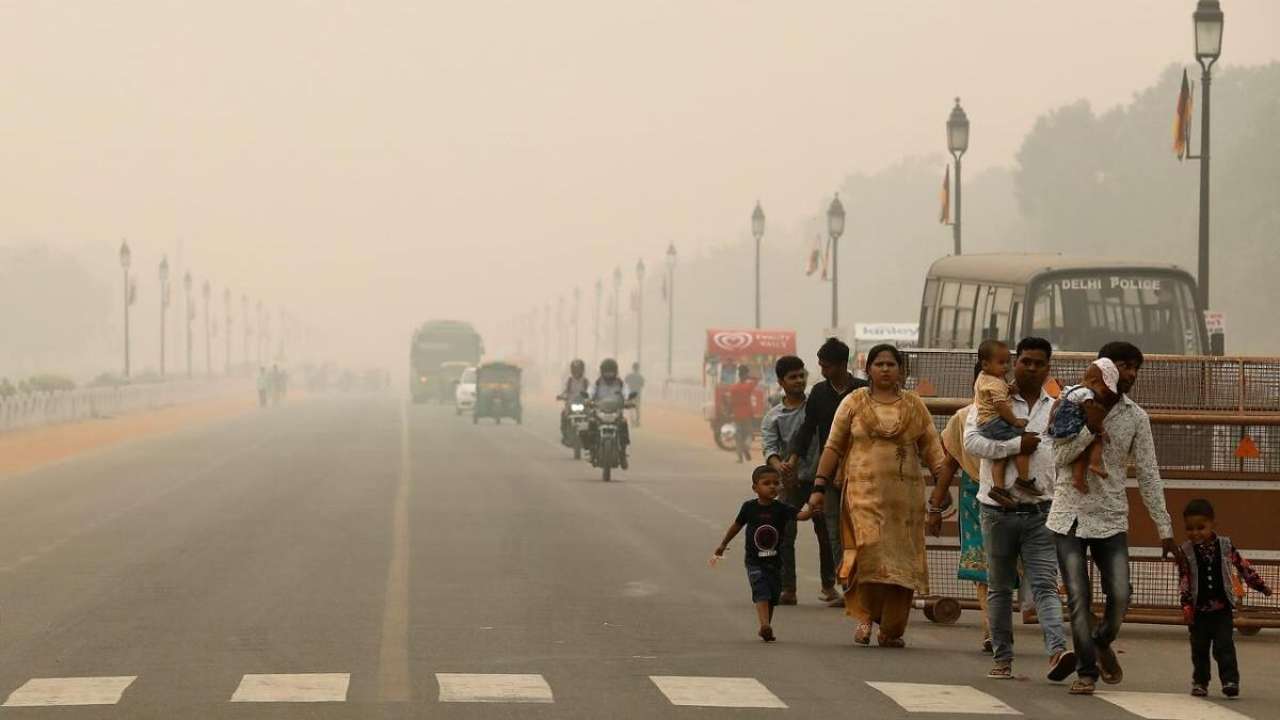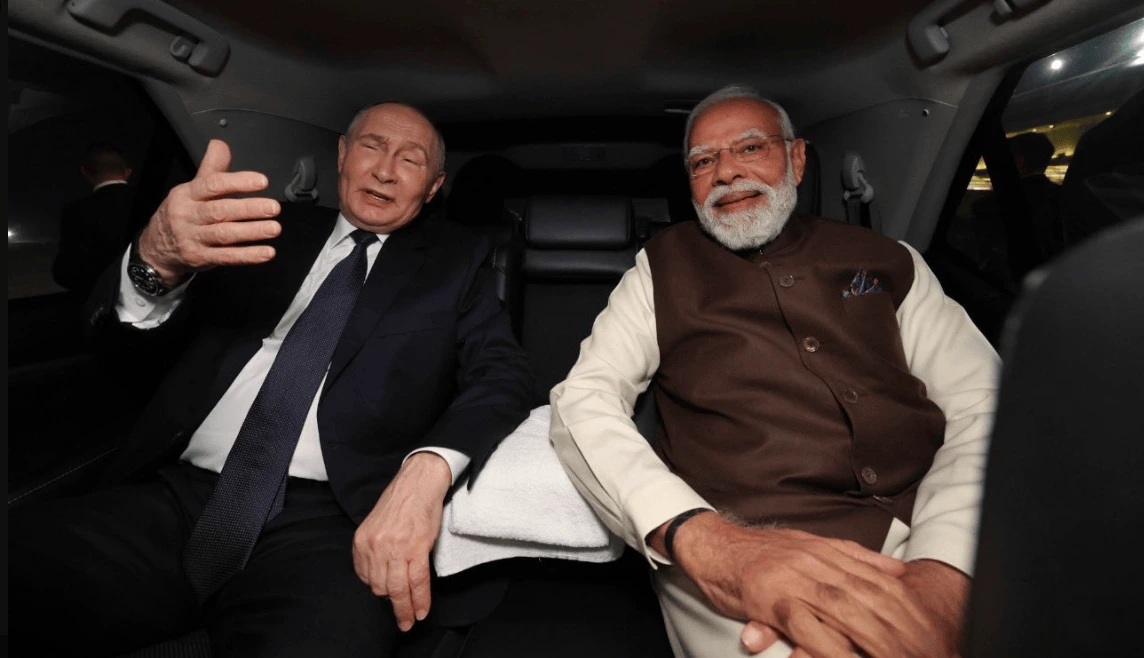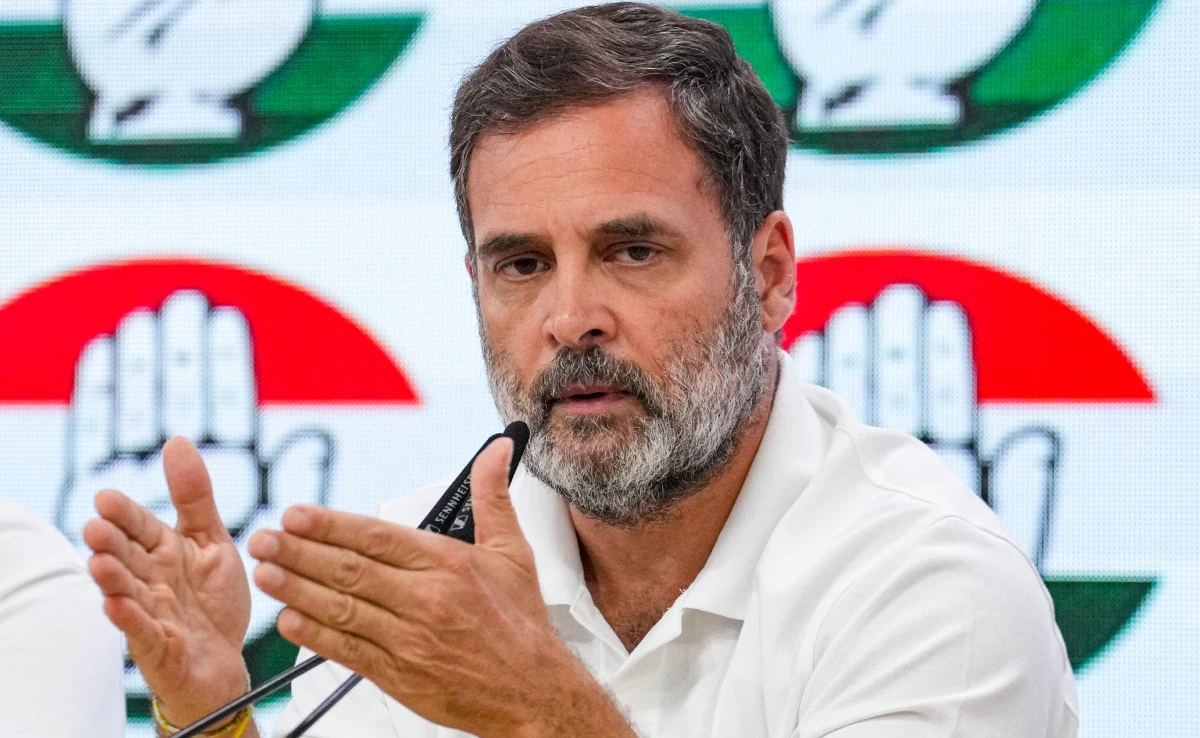India News
PM Modi hails GatiShakti, says initiative aimed at revolutionising India’s infrastructure
PM GatiShakti National Master Plan (PMGS-NMP) was launched on October 13, 2021, to provide multi-modal connectivity infrastructure to various economic zones.
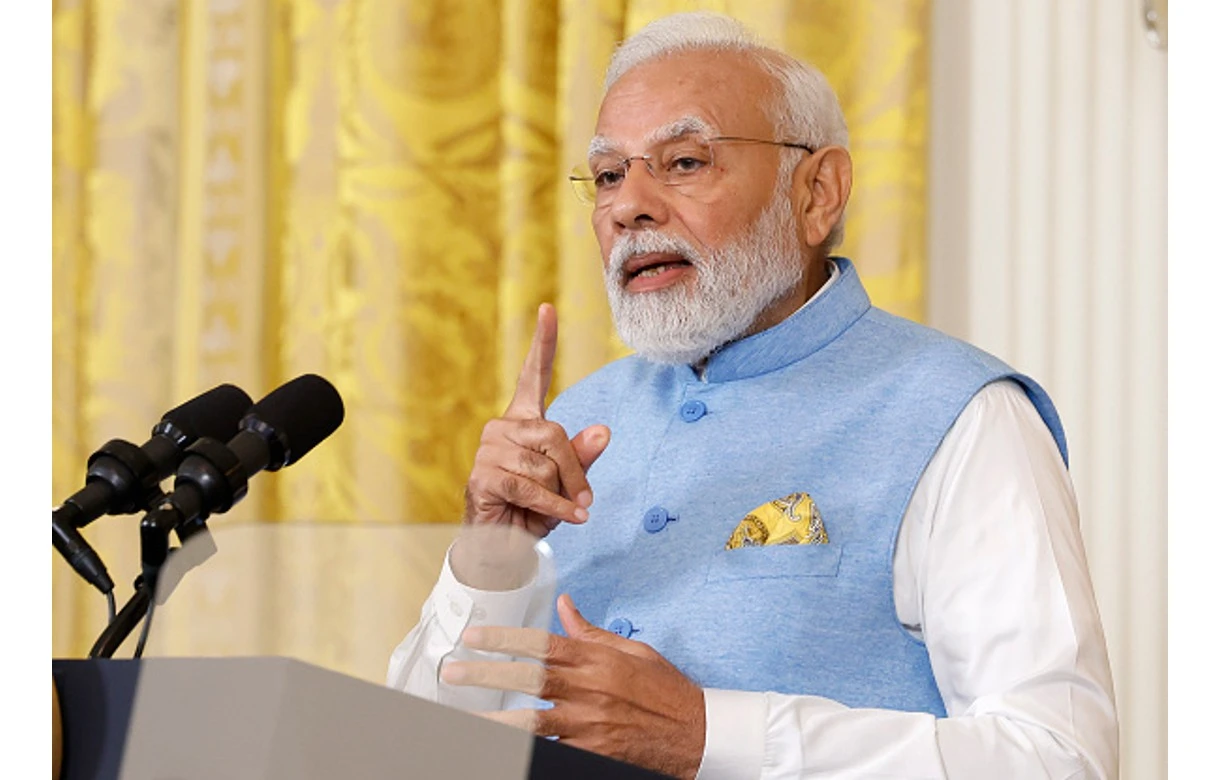
India News
Delhi to install 305 mist sprayers across 9 major pollution hotspots
Chief Minister Rekha Gupta announced that 305 mist sprayers will be installed across nine pollution hotspots in Delhi, alongside expert-led planning and coordinated measures to reduce dust and biomass-related pollution.
India News
PM Modi welcomes Vladimir Putin with warm hug as Russian President begins India visit
Russian President Vladimir Putin began a high-profile visit to India on Thursday, welcomed by PM Narendra Modi as both nations prepare to discuss defence, energy and trade cooperation.
India News
Rahul Gandhi attacks Centre ahead of Vladimir Putin’s India visit
Rahul Gandhi alleged that the government discourages visiting foreign dignitaries from meeting Opposition leaders, calling it a sign of “insecurity,” hours before Russian President Vladimir Putin arrives in Delhi.
-
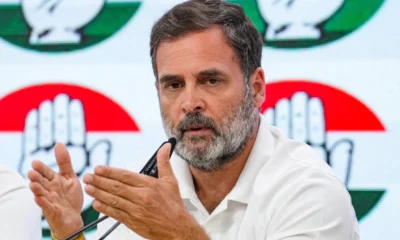
 India News18 hours ago
India News18 hours agoRahul Gandhi attacks Centre ahead of Vladimir Putin’s India visit
-
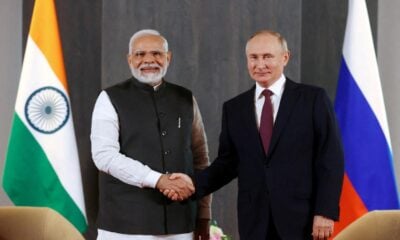
 India News21 hours ago
India News21 hours agoPutin begins two-day India visit today, defence, energy and trade talks on agenda
-
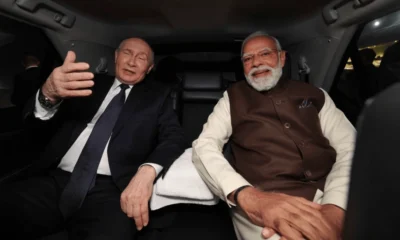
 India News13 hours ago
India News13 hours agoPM Modi welcomes Vladimir Putin with warm hug as Russian President begins India visit
-

 India News21 hours ago
India News21 hours agoIndiGo flight cancellations deepen as crew shortage hits operations nationwide
-
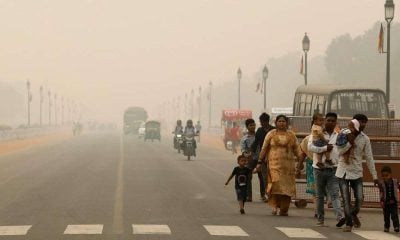
 India News12 hours ago
India News12 hours agoDelhi to install 305 mist sprayers across 9 major pollution hotspots
-
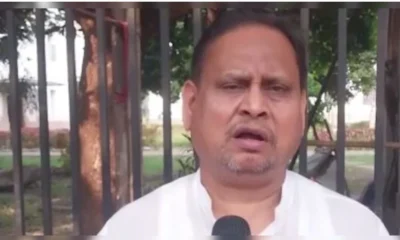
 India News18 hours ago
India News18 hours agoTMC MLA Humayun Kabir suspended after Babri Mosque replica proposal sparks row
-

 Cricket news13 hours ago
Cricket news13 hours agoRavi Shastri warns critics against messing around with Virat Kohli and Rohit Sharma

